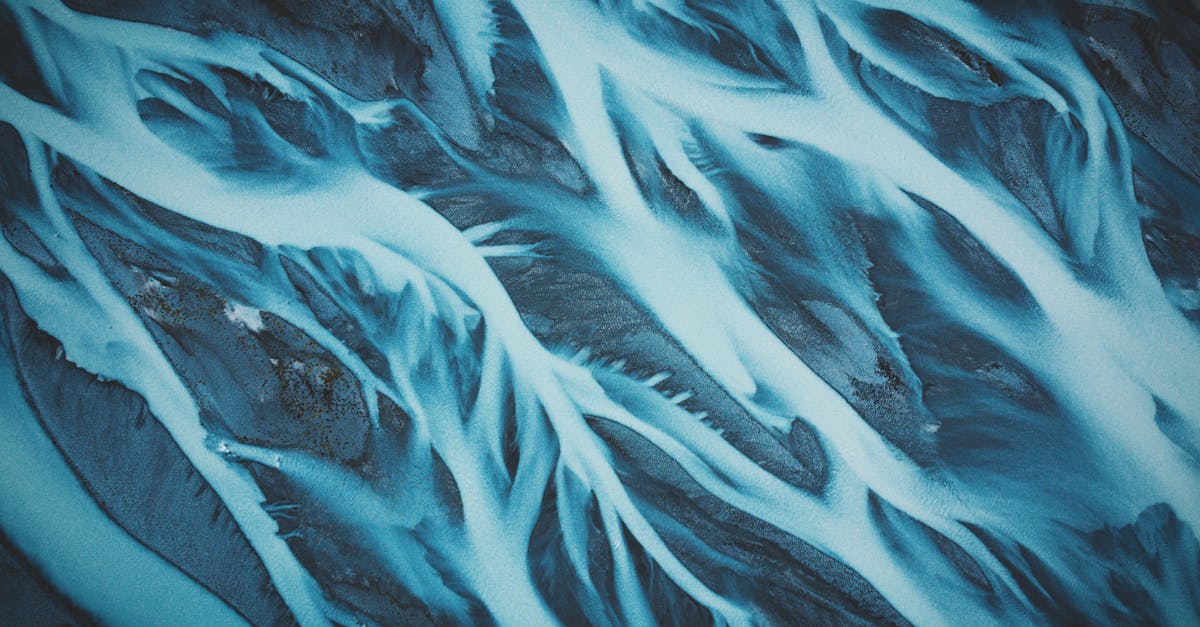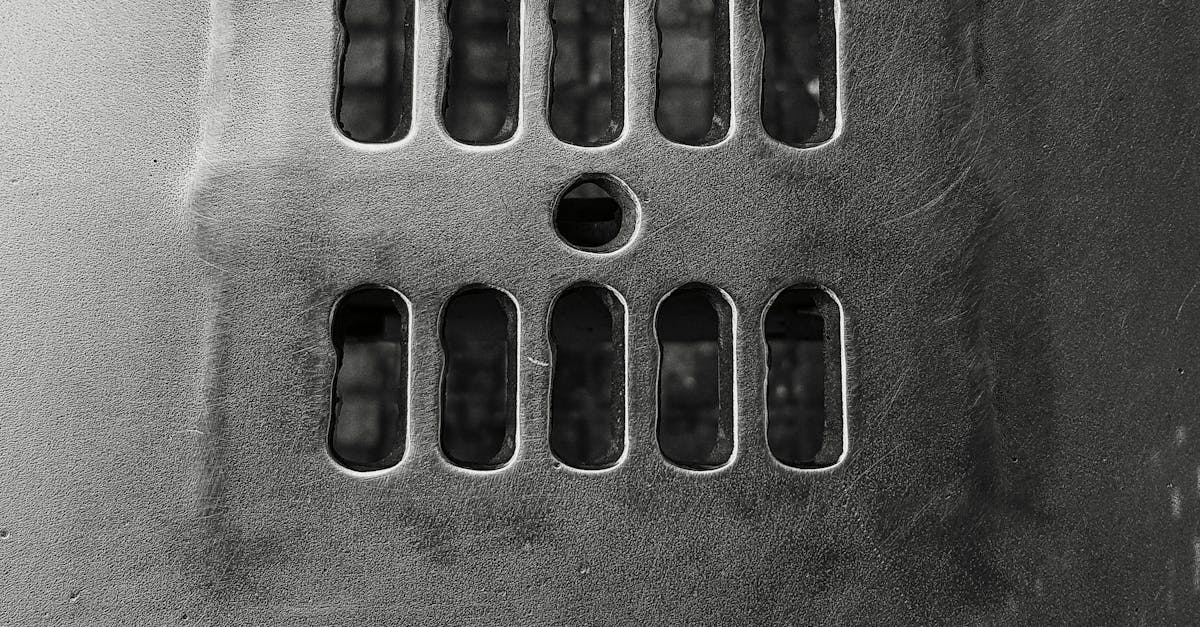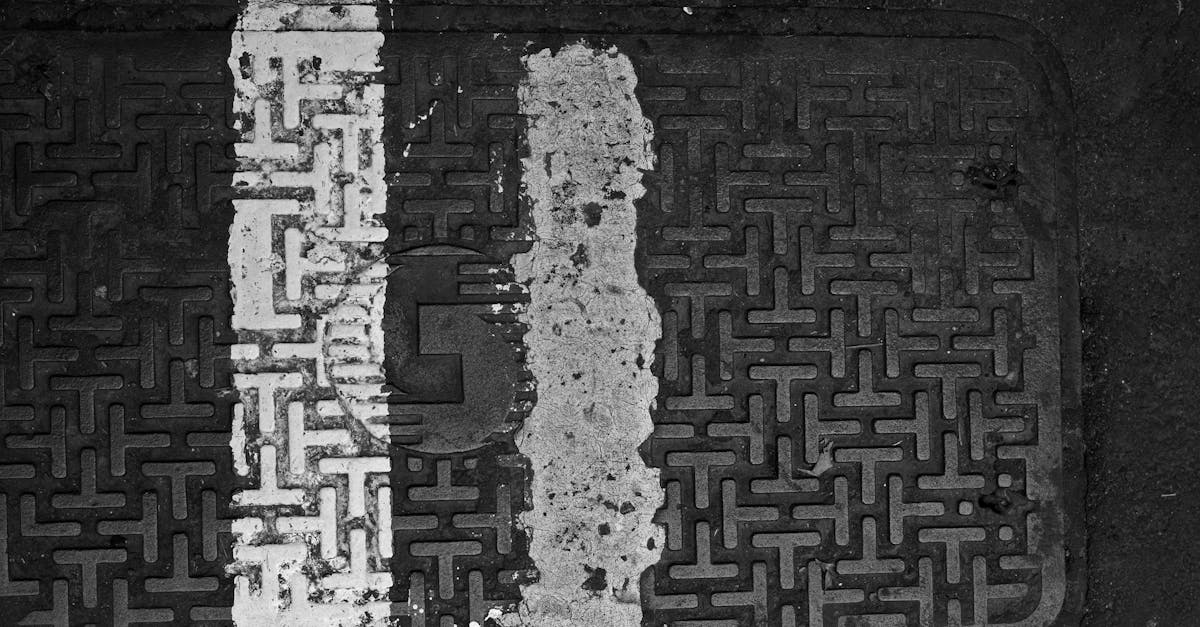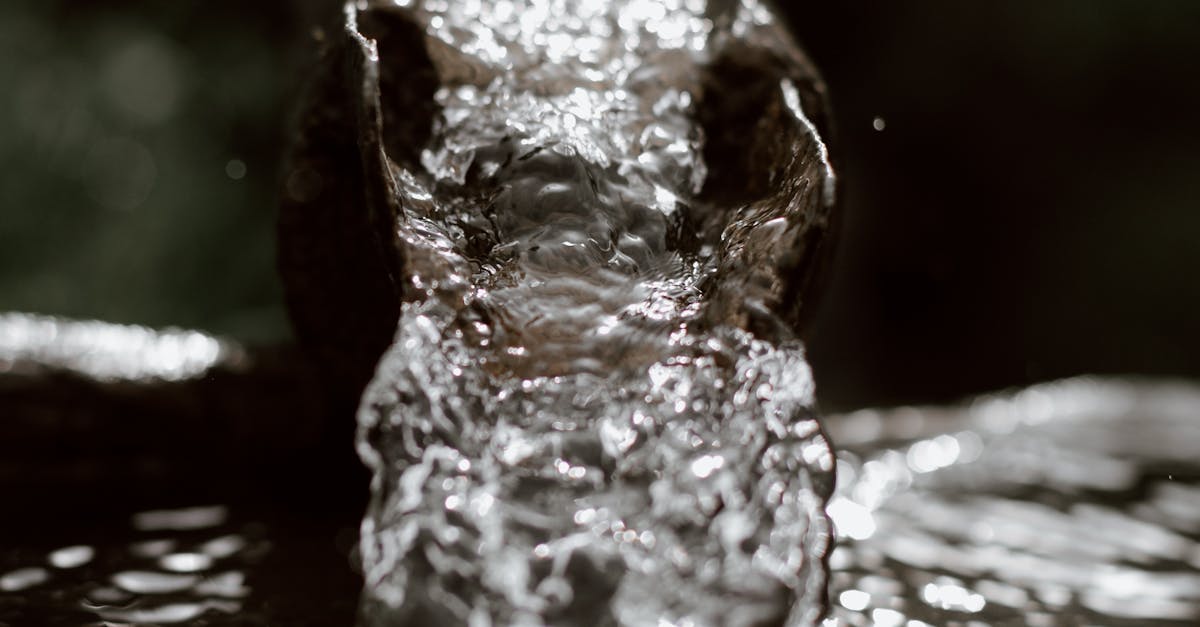
Table Of Contents
Creating Rain Gardens
For homeowners looking to address drainage issues around their property, one effective solution is the creation of rain gardens. These gardens are designed to capture and absorb rainwater runoff, preventing it from pooling around the house. By strategically planting a variety of water-absorbing plants in low-lying areas, a rain garden can help redirect water away from the foundation of the house, promoting better drainage throughout the property. In places like Whitby, where heavy rainfall can be common, implementing rain gardens as part of a comprehensive drainage plan can help mitigate the risk of water damage and flooding.
When establishing a rain garden for drainage solutions in Whitby, it is essential to consider factors such as the slope of the land and the type of plants best suited for the local climate. By utilizing native species that thrive in wet conditions, homeowners can create a beautiful and functional rain garden that not only improves drainage but also supports local biodiversity. Additionally, incorporating a mix of grasses, flowers, and shrubs can enhance the aesthetic appeal of the garden, making it a welcome addition to any outdoor space.
Planting WaterAbsorbing Plants in LowLying Areas
When faced with poor drainage around a house, one effective solution is planting water-absorbing plants in low-lying areas. These plants, known for their ability to soak up excess water and help prevent flooding, can significantly improve the overall drainage system of a property. By strategically planting these vegetation options, homeowners in Clarington can create a more sustainable and visually appealing landscape, while also addressing drainage issues.
When selecting plants for water absorption purposes, it is important to choose species that are well-suited to the local climate and soil conditions in Clarington. Some excellent options include native grasses like switchgrass and sedges, as well as flowering plants such as cardinal flower and joe-pye weed. By incorporating these water-absorbing plants into the landscape design, homeowners can contribute to the overall health of their property while tackling drainage challenges effectively.
Using Permeable Paving
Using permeable paving is one effective method for improving drainage around a house. This type of paving allows water to infiltrate the ground beneath it, reducing surface water runoff and potential flooding issues. In areas with heavy rainfall or poor drainage, permeable paving can be a practical solution to manage water flow effectively. Drainage Solutions Milton commonly incorporates permeable paving in their projects to enhance water infiltration and minimize standing water concerns.
Permeable paving is not only functional but also aesthetically pleasing. It comes in various materials and designs, allowing homeowners to choose an option that complements their landscape and property. Whether using permeable pavers, gravel, or grass pavers, the surface remains permeable, facilitating water penetration into the soil. Drainage Solutions Milton recommends considering permeable paving as a sustainable and eco-friendly approach to address drainage issues around a house.
Installing Porous Driveways to Allow Water Infiltration
Porous driveways are a practical solution for managing water runoff around your house. These driveways are made from materials that allow water to seep through them, preventing puddles and minimizing the risk of flooding. Drainage Solutions Niagara offers a variety of options for porous driveways that not only enhance the aesthetics of your property but also serve a functional purpose in addressing drainage issues.
By choosing a porous driveway from Drainage Solutions Niagara, you can create a sustainable water management system for your home. These driveways help in reducing erosion and directing water to the appropriate drainage areas, thus protecting your property from water damage. With proper installation and maintenance, porous driveways can be a long-lasting and efficient solution to improve the drainage around your house.
Building a Dry Well
Building a dry well is a practical solution for managing excess water around a house. When faced with water drainage issues, creating a dry well can help divert water away from the foundation of a home and prevent flooding in the yard. In areas with heavy rainfall or poor soil drainage, installing a dry well can be an effective way to deal with excess water and prevent waterlogging.
For residents in Greater Sudbury dealing with water accumulation around their homes, exploring dry well options can provide a sustainable solution. By excavating a pit and filling it with gravel or crushed stone, a dry well allows excess water to slowly infiltrate into the ground, reducing surface runoff and preventing water pooling. Consider consulting with a professional specializing in drainage solutions in Greater Sudbury to determine the optimal location and size for a dry well to effectively manage water around your property.
Installing an Underground Reservoir for Rainwater Disposal
One effective method to address drainage issues around a house is by installing an underground reservoir for rainwater disposal. This system involves creating a large underground tank or reservoir that collects excess rainwater. Drainage Solutions Clarington suggests that this reservoir can then be used to irrigate the garden or lawns during dry spells, preventing waterlogging around the house. This method not only helps manage excess water effectively but also promotes water conservation by utilizing rainwater for landscaping purposes.
By installing an underground reservoir for rainwater disposal, homeowners can significantly reduce the risk of water damage to their property. Drainage Solutions Clarington recommends that this system can store large volumes of rainwater, preventing it from pooling around the house's foundation and causing structural issues. Proper installation of this reservoir ensures that rainwater is efficiently redirected away from critical areas, safeguarding the house against potential water-related damage and maintaining a dry and stable environment.
FAQS
Why is it important to fix drainage around a house?
Proper drainage helps prevent water damage to the foundation, basement flooding, and soil erosion.
What are some signs that indicate poor drainage around a house?
Signs include pooling water, soggy or flooded areas in the yard, water seepage in the basement, and erosion around the foundation.
Can I fix drainage issues around my house on my own?
Depending on the severity of the issue, you may be able to address minor drainage problems yourself, but for major issues, it's best to consult with a professional landscaper or drainage expert.
How can rain gardens help in fixing drainage around a house?
Rain gardens are designed to capture and absorb rainwater, helping to prevent water runoff and allowing it to percolate into the ground, thus reducing the risk of flooding.
What are some water-absorbing plants that are suitable for low-lying areas?
Plants like switchgrass, butterfly weed, and cardinal flower are ideal for low-lying areas as they have deep roots that help absorb excess water and prevent waterlogging.






